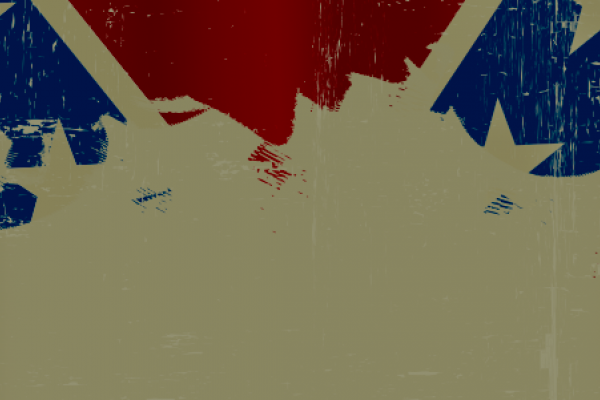Jun 29, 2015
I own a Confederate flag. Growing up, the flag meant little more to me than school spirit, pep rallies, and Southern pride … until I left East Tennessee. I’ll never forget the moment things began to change. I moved into my college dorm room and established my new home at Eastern University in Philadelphia. I carefully set up my desk, put my posters on the wall, and displayed my high school yearbook — with a Confederate flag on the cover — proudly on my bookshelf.
Read the Full Article

Already a subscriber? Login
